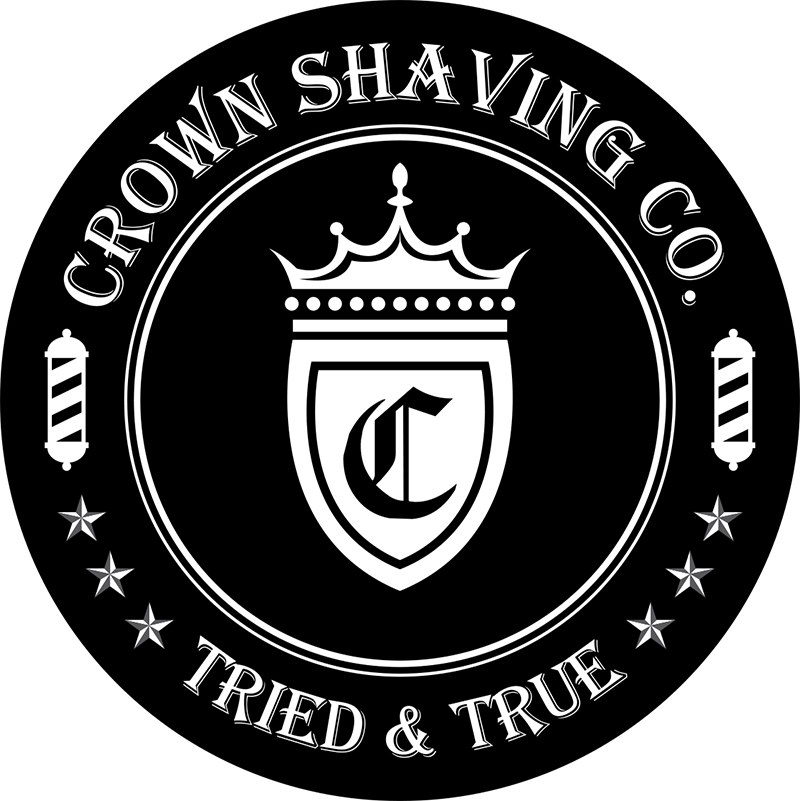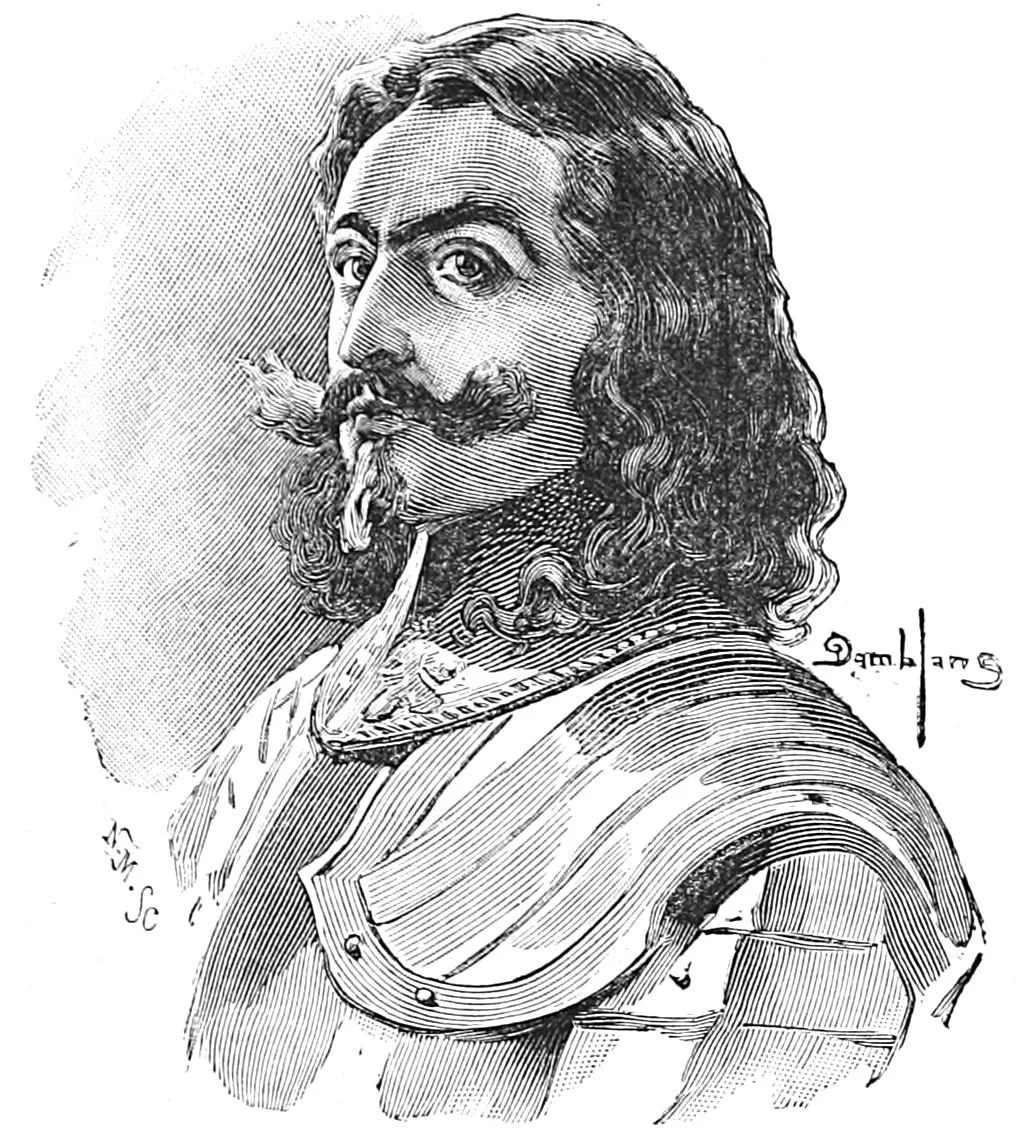Legends of the Follicle: The Unsung d'Artagnan
An illustration of the swashbuckler himself, d’Artagnan, as it appears on page seven of Mémoires de Monsieur D'Artagnan, published in 1896.
Source: Wikimedia Commons
Ladies and gents, we present Legends of the Follicle — an ongoing series in which we honour our truest champions of men’s grooming. Anytime you see a story lead with “LOTF,” know you’ll be reading about a man who answered the call, a man who’s been places, and most likely, a man whose life can inspire ours.
Today, a nod to a famous French musketeer and the facial hairstyle he unknowingly immortalized.
Plus, how to rock one yourself.
Let’s start.
This Friday, yet another take on The Three Musketeers will hit theatres.
It’ll star Vincent Cassel (that laser alarm-dodging, French thief from Ocean’s 12) and Eva Green, James Bond’s main squeeze in 2007’s Casino Royale.
The movie may be good, or it could suck. Either way, your friendly neighbourhood grooming brand ain’t above leveraging the flick to talk facial hair.
In nearly every rendition of Alexandre Dumas’ 1844 swashbuckler about the travails of a royally-appointed, secret service unit, the fourth musketeer who dodged top billing rocked maybe the most underrated beard style ever: The disconnected goatee, or what we (and many others) call the “d’Artagnan.”
Take a perusal through a few versions of this epic and you’ll see some elements of d’Art’s beard would change.
Here’s Johnny with his “Jack Sparrow,” circa 2009.
Image: Andy Templeton | Wikimedia Commons
But one simple detail pervades every d’Artagnan there is, and that’s that crucial separation between the two bottom points of a moustache and the two upper “hooks” of a goatee. That’s the only critical and technical distinction that counts if an attempted execution at a d’Art should qualify as such.
Beyond that, the brooding, yet inconspicuous d’Artagnan can be tweaked and pruned to its wearers taste.
While one iteration of a d’Artagnan might be minimal — think a moustache paired with a soul patch — another might feature that same moustache, only with an “upside down T” instead of a patch, one that starts from the bottom of the bottom lip.
Some men of note who wore a d’Art include Inter Miami co-owner and British footballing icon, David Beckham, legendary East Coast hip-hop artist, Nas, and former Batman, Christian Bale, who loves himself a good d’Art (sometimes, the guy goes from d’Art to full goatee).
And who can forget actor, Johnny Depp, who’s sported one of these things since that first Pirates of the Caribbean vehicle came out back in 2003. Acceptable is the alternative moniker this style of facial hair inherited as a result of Depp’s popularization of it—the “Jack Sparrow,” which is the name of his character in the aforesaid Pirate flick. Unacceptable is calling this a moustache, or a goatee.
It’s neither.
Like the majority of its purveyors, the d’Artagnan marches to its own beat.
There’s an elan to it that’ll liken you to a 19th century French playwright.
This is not a bad thing.
How to Execute the d’Artagnan Yourself
Grab your shave cream, a good razor (we’re partial to Henson’s catalogue), your facial hair trimmer of choice, a classic after shave splash, and a face cloth.
A clear separation between moustache and goatee is the one distinguisher of a d’Artagnan. A lot of guys can skip this part since not all men can grow full beards. In fact, some guys grow full-on d’Artagnans as a result of simply not shaving. Remember, not all beard growth patterns are the same.
If this is you, skip to number five.
If not, know the easiest way to separate a grown-in ‘stache from a goat is with a clipper made specifically for trimming facial hair. Wahl’s Peanut is unmatched for this job, and it even has its own article on this very blog. No, this is not an ad and we receive nothing for name dropping Wahl.
Just make sure the blades have been freshly brushed pre-trim, and go blade-to-skin; In other words, skip the plastic guard part. Tip: Going in on a 45-degree angle when trimming minimizes any chances of filleting your own face. That, and a steady hand.
Now that you’ve separated ‘stache from goat, you’ll see the slightest bit of stubble where thick hair once stood. Here’s where you’ll finish the job with your favourite shaving instrument.
Give your face a good splash of water, pat it dry, then dab two or three fingertip’s worth of shave cream on those two fresh spaces of separation.
Next, brandish your shaving blade and gently shave those two spots with four to six short, and remember to go with the grain. Go against it, and you’ll risk cuts.
If you’re growing in a fresh d’Artagnan after a full shave, simple: Repeat the above process every few days after that stubble starts to sprout.
Give that mug another rinse, this time with lukewarm water. Pores neither open, nor do they close, and lukewarm water won’t strip your skin of its natural moisturizing oils.
Did we mention that after shave splash?


